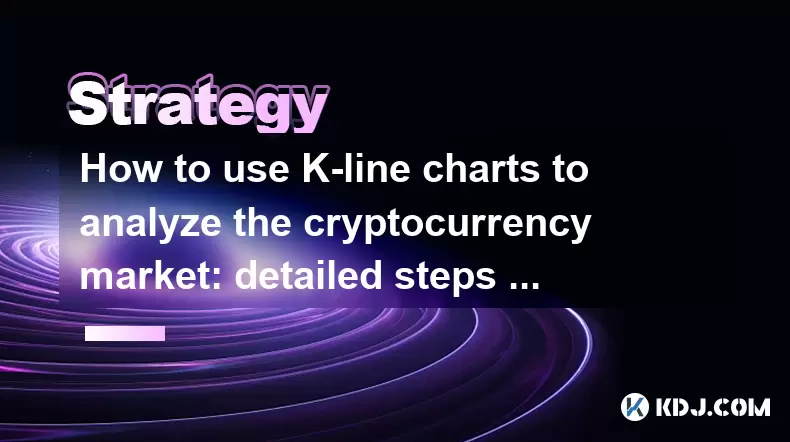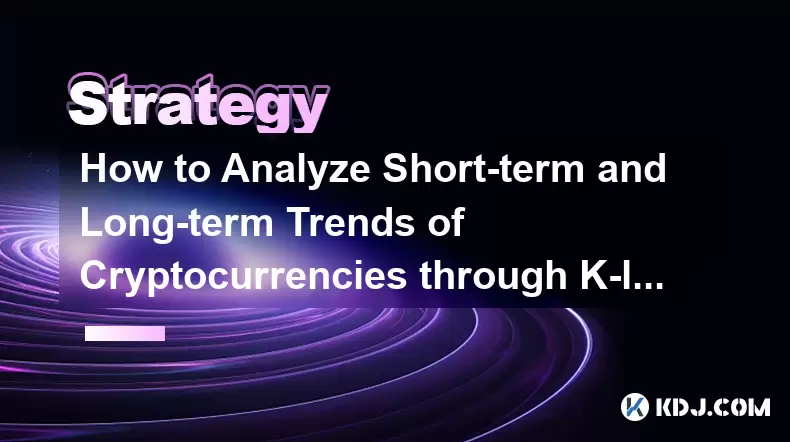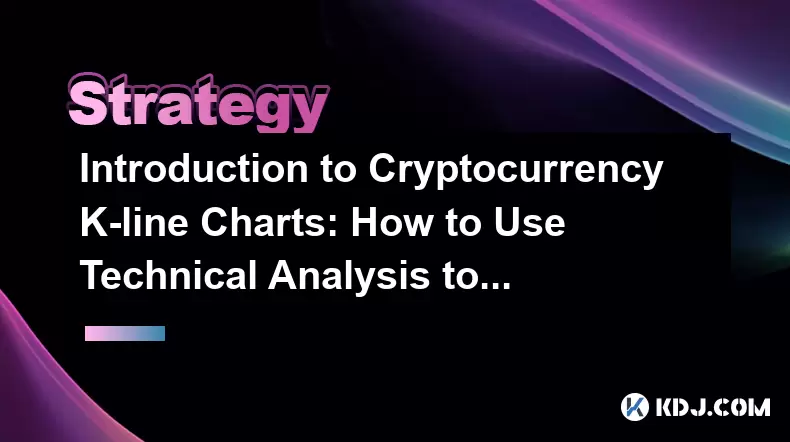-
 Bitcoin
Bitcoin $106,754.6083
1.33% -
 Ethereum
Ethereum $2,625.8249
3.80% -
 Tether USDt
Tether USDt $1.0001
-0.03% -
 XRP
XRP $2.1891
1.67% -
 BNB
BNB $654.5220
0.66% -
 Solana
Solana $156.9428
7.28% -
 USDC
USDC $0.9998
0.00% -
 Dogecoin
Dogecoin $0.1780
1.14% -
 TRON
TRON $0.2706
-0.16% -
 Cardano
Cardano $0.6470
2.77% -
 Hyperliquid
Hyperliquid $44.6467
10.24% -
 Sui
Sui $3.1128
3.86% -
 Bitcoin Cash
Bitcoin Cash $455.7646
3.00% -
 Chainlink
Chainlink $13.6858
4.08% -
 UNUS SED LEO
UNUS SED LEO $9.2682
0.21% -
 Avalanche
Avalanche $19.7433
3.79% -
 Stellar
Stellar $0.2616
1.64% -
 Toncoin
Toncoin $3.0222
2.19% -
 Shiba Inu
Shiba Inu $0.0...01220
1.49% -
 Hedera
Hedera $0.1580
2.75% -
 Litecoin
Litecoin $87.4964
2.29% -
 Polkadot
Polkadot $3.8958
3.05% -
 Ethena USDe
Ethena USDe $1.0000
-0.04% -
 Monero
Monero $317.2263
0.26% -
 Bitget Token
Bitget Token $4.5985
1.68% -
 Dai
Dai $0.9999
0.00% -
 Pepe
Pepe $0.0...01140
2.44% -
 Uniswap
Uniswap $7.6065
5.29% -
 Pi
Pi $0.6042
-2.00% -
 Aave
Aave $289.6343
6.02%
Is Bitcoin investment illegal in China?
China's evolving stance on Bitcoin and cryptocurrency has shifted the landscape for investors, forcing them to navigate legal risks, underground market operations, and potential financial penalties.
Jan 08, 2025 at 08:08 am

Key Points:
- China's Shifting Policies Towards Bitcoin and Cryptocurrency
- The Implications of Bitcoin Investment in China
- Legal Scrutiny and Regulatory Constraints
- Underground Market Operations and Potential Risks
- International Perspective on Bitcoin Investments in China
- Frequently Asked Questions (FAQs) on Bitcoin Investment Legality in China
China's Shifting Policies Towards Bitcoin and Cryptocurrency
China's stance on Bitcoin and cryptocurrency has undergone significant transformations over the years. Initially, the country adopted a permissive approach, recognizing Bitcoin as a virtual property in 2014. However, as concerns over financial stability and speculative trading grew, China implemented a series of measures to tighten its regulatory grip on cryptocurrency.
In 2017, the Chinese government prohibited Initial Coin Offerings (ICOs) and banned cryptocurrency exchanges from operating within the country. This move effectively severed the legal pathways for Bitcoin trading and investment, pushing them into underground markets.
The Implications of Bitcoin Investment in China
The prohibition on official Bitcoin exchanges and ICOs has far-reaching implications for investors in China. Without access to regulated platforms, individuals must rely on peer-to-peer (P2P) trading platforms or over-the-counter (OTC) markets to conduct Bitcoin transactions. This poses significant risks, such as volatility, fraud, hacking, and lack of consumer protection.
Furthermore, engaging in Bitcoin investment activities in China exposes individuals to potential legal liabilities. The Chinese government has repeatedly warned against cryptocurrency speculation and emphasized that virtual currencies are not recognized as legal tender. Violating these regulations may result in financial penalties, imprisonment, or other forms of legal action.
Legal Scrutiny and Regulatory Constraints
China's regulatory framework for cryptocurrency is constantly evolving. Authorities continue to crack down on illegal cryptocurrency activities, including unauthorized trading platforms, money laundering, and market manipulation. In 2021, the Chinese central bank declared all cryptocurrency-related transactions illegal.
These measures have led to a significant chilling effect on Bitcoin investment in China. Investors are hesitant to enter the market or maintain existing holdings due to the fear of prosecution and financial losses.
Underground Market Operations and Potential Risks
Despite the harsh regulatory climate, China's underground Bitcoin market remains relatively active. Investors continue to engage in peer-to-peer and OTC trading, using encrypted messaging apps and other clandestine channels. However, operating in this gray area presents substantial risks.
Transactions conducted on underground platforms lack transparency and are vulnerable to fraud and theft. Moreover, the value of Bitcoin in this market may deviate significantly from the global market price.
International Perspective on Bitcoin Investments in China
The international community has voiced concerns over China's strict approach towards Bitcoin investment. Some analysts argue that the ban has hindered innovation in the cryptocurrency space and discouraged foreign investment in China's technology sector.
However, others maintain that the Chinese government's actions are necessary to safeguard financial stability and protect consumers from the risks associated with cryptocurrency speculation.
Frequently Asked Questions (FAQs) on Bitcoin Investment Legality in China
Is Bitcoin investment legal in China?
- As of 2021, all cryptocurrency-related transactions are illegal in China.
What are the risks of investing in Bitcoin in China?
- Legal liabilities, financial penalties, imprisonment, and risks associated with underground market operations, such as fraud and hacking.
How do people in China invest in Bitcoin despite the ban?
- Peer-to-peer and over-the-counter trading on underground platforms, using encrypted messaging apps and other clandestine channels.
Is there a future for Bitcoin investment in China?
- The future of Bitcoin investment in China remains uncertain. Government policies may continue to evolve, potentially creating opportunities for future investment. However, the regulatory environment remains hostile and the legal risks are significant.
Disclaimer:info@kdj.com
The information provided is not trading advice. kdj.com does not assume any responsibility for any investments made based on the information provided in this article. Cryptocurrencies are highly volatile and it is highly recommended that you invest with caution after thorough research!
If you believe that the content used on this website infringes your copyright, please contact us immediately (info@kdj.com) and we will delete it promptly.
- 2025-W Uncirculated American Gold Eagle and Dr. Vera Rubin Quarter Mark New Products
- 2025-06-13 06:25:13
- Ruvi AI (RVU) Leverages Blockchain and Artificial Intelligence to Disrupt Marketing, Entertainment, and Finance
- 2025-06-13 07:05:12
- H100 Group AB Raises 101 Million SEK (Approximately $10.6 Million) to Bolster Bitcoin Reserves
- 2025-06-13 06:25:13
- Galaxy Digital CEO Mike Novogratz Says Bitcoin Will Replace Gold and Go to $1,000,000
- 2025-06-13 06:45:13
- Trust Wallet Token (TWT) Price Drops 5.7% as RWA Integration Plans Ignite Excitement
- 2025-06-13 06:45:13
- Ethereum (ETH) Is in the Second Phase of a Three-Stage Market Cycle
- 2025-06-13 07:25:13
Related knowledge

How to use K-line charts to analyze the cryptocurrency market: detailed steps and common misunderstandings
Jun 16,2025 at 01:42pm
Understanding the Basics of K-line Charts in Cryptocurrency TradingK-line charts, also known as candlestick charts, are one of the most widely used tools for analyzing price movements in financial markets, including cryptocurrencies. These charts provide a visual representation of price action over specific time intervals and help traders make informed ...

Cryptocurrency K-line chart technical analysis manual: Learn these methods to increase your chances of making a profit
Jun 11,2025 at 11:21pm
Understanding the Basics of K-line ChartsK-line charts, also known as candlestick charts, are one of the most widely used tools in cryptocurrency trading. Each K-line represents a specific time period and provides information about the open, high, low, and close prices during that interval. The body of the candle shows the relationship between the openi...

The Importance of K-line Chart Analysis in Cryptocurrency Trading: From Theory to Practical Cases
Jun 11,2025 at 04:56pm
Understanding the Basics of K-line ChartsK-line charts, also known as candlestick charts, are a visual representation of price movements over specific time intervals. Each K-line encapsulates four critical data points: the opening price, closing price, highest price, and lowest price within a given timeframe. These charts originated in Japan during the ...

Cryptocurrency K-line Chart Interpretation Guide: How Novices Can Quickly Master the Basics of Technical Analysis
Jun 10,2025 at 08:56pm
Understanding the Basics of K-line ChartsK-line charts, also known as candlestick charts, are one of the most widely used tools in cryptocurrency trading for analyzing price movements. Each K-line represents a specific time period and shows the opening, closing, high, and low prices during that interval. For novices, grasping how to read these elements ...

How to Analyze Short-term and Long-term Trends of Cryptocurrencies through K-line Charts: A Complete Guide
Jun 15,2025 at 12:49pm
Understanding the Basics of K-line ChartsK-line charts, also known as candlestick charts, are essential tools used in cryptocurrency trading to visualize price movements over time. Each candlestick represents a specific time interval and contains four key data points: open, high, low, and close. The body of the candle shows the range between the opening...

Introduction to Cryptocurrency K-line Charts: How to Use Technical Analysis to Optimize Trading Decisions
Jun 12,2025 at 03:56pm
Understanding the Basics of K-line ChartsK-line charts, also known as candlestick charts, are one of the most essential tools used in cryptocurrency trading. Originating from Japan, these charts visually represent price movements over specific time intervals. Each candlestick displays four key pieces of information: the opening price, closing price, hig...

How to use K-line charts to analyze the cryptocurrency market: detailed steps and common misunderstandings
Jun 16,2025 at 01:42pm
Understanding the Basics of K-line Charts in Cryptocurrency TradingK-line charts, also known as candlestick charts, are one of the most widely used tools for analyzing price movements in financial markets, including cryptocurrencies. These charts provide a visual representation of price action over specific time intervals and help traders make informed ...

Cryptocurrency K-line chart technical analysis manual: Learn these methods to increase your chances of making a profit
Jun 11,2025 at 11:21pm
Understanding the Basics of K-line ChartsK-line charts, also known as candlestick charts, are one of the most widely used tools in cryptocurrency trading. Each K-line represents a specific time period and provides information about the open, high, low, and close prices during that interval. The body of the candle shows the relationship between the openi...

The Importance of K-line Chart Analysis in Cryptocurrency Trading: From Theory to Practical Cases
Jun 11,2025 at 04:56pm
Understanding the Basics of K-line ChartsK-line charts, also known as candlestick charts, are a visual representation of price movements over specific time intervals. Each K-line encapsulates four critical data points: the opening price, closing price, highest price, and lowest price within a given timeframe. These charts originated in Japan during the ...

Cryptocurrency K-line Chart Interpretation Guide: How Novices Can Quickly Master the Basics of Technical Analysis
Jun 10,2025 at 08:56pm
Understanding the Basics of K-line ChartsK-line charts, also known as candlestick charts, are one of the most widely used tools in cryptocurrency trading for analyzing price movements. Each K-line represents a specific time period and shows the opening, closing, high, and low prices during that interval. For novices, grasping how to read these elements ...

How to Analyze Short-term and Long-term Trends of Cryptocurrencies through K-line Charts: A Complete Guide
Jun 15,2025 at 12:49pm
Understanding the Basics of K-line ChartsK-line charts, also known as candlestick charts, are essential tools used in cryptocurrency trading to visualize price movements over time. Each candlestick represents a specific time interval and contains four key data points: open, high, low, and close. The body of the candle shows the range between the opening...

Introduction to Cryptocurrency K-line Charts: How to Use Technical Analysis to Optimize Trading Decisions
Jun 12,2025 at 03:56pm
Understanding the Basics of K-line ChartsK-line charts, also known as candlestick charts, are one of the most essential tools used in cryptocurrency trading. Originating from Japan, these charts visually represent price movements over specific time intervals. Each candlestick displays four key pieces of information: the opening price, closing price, hig...
See all articles

























































































